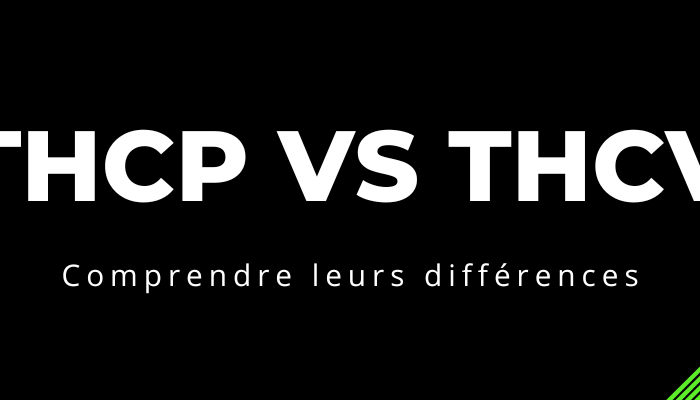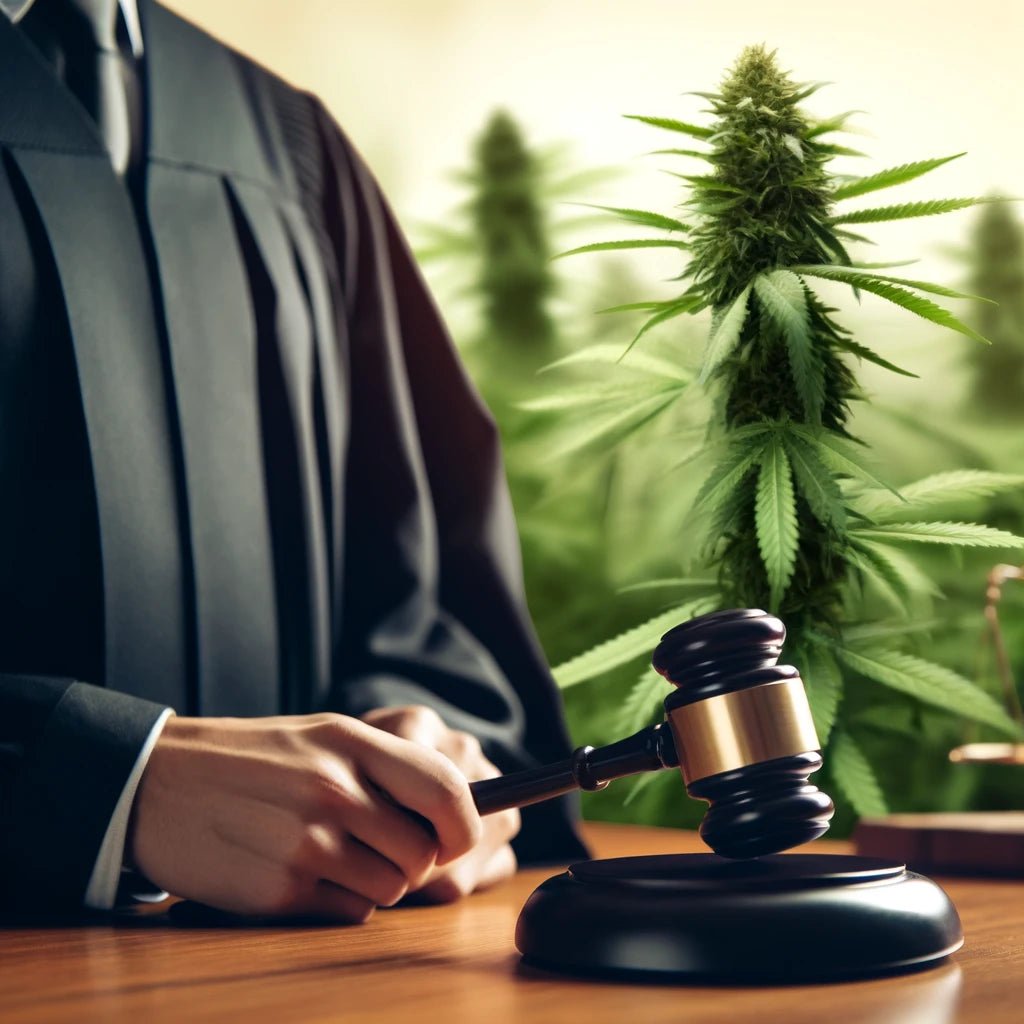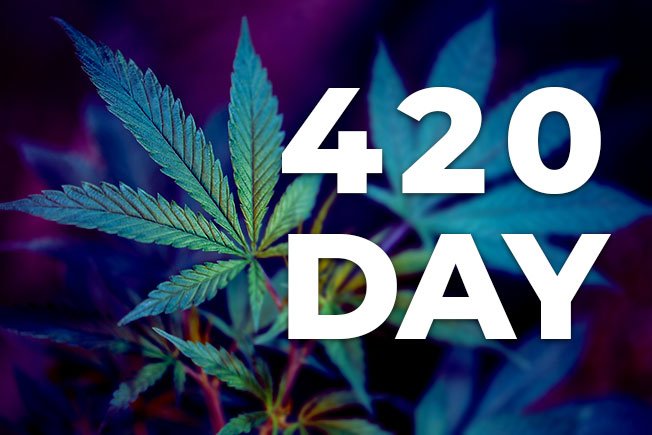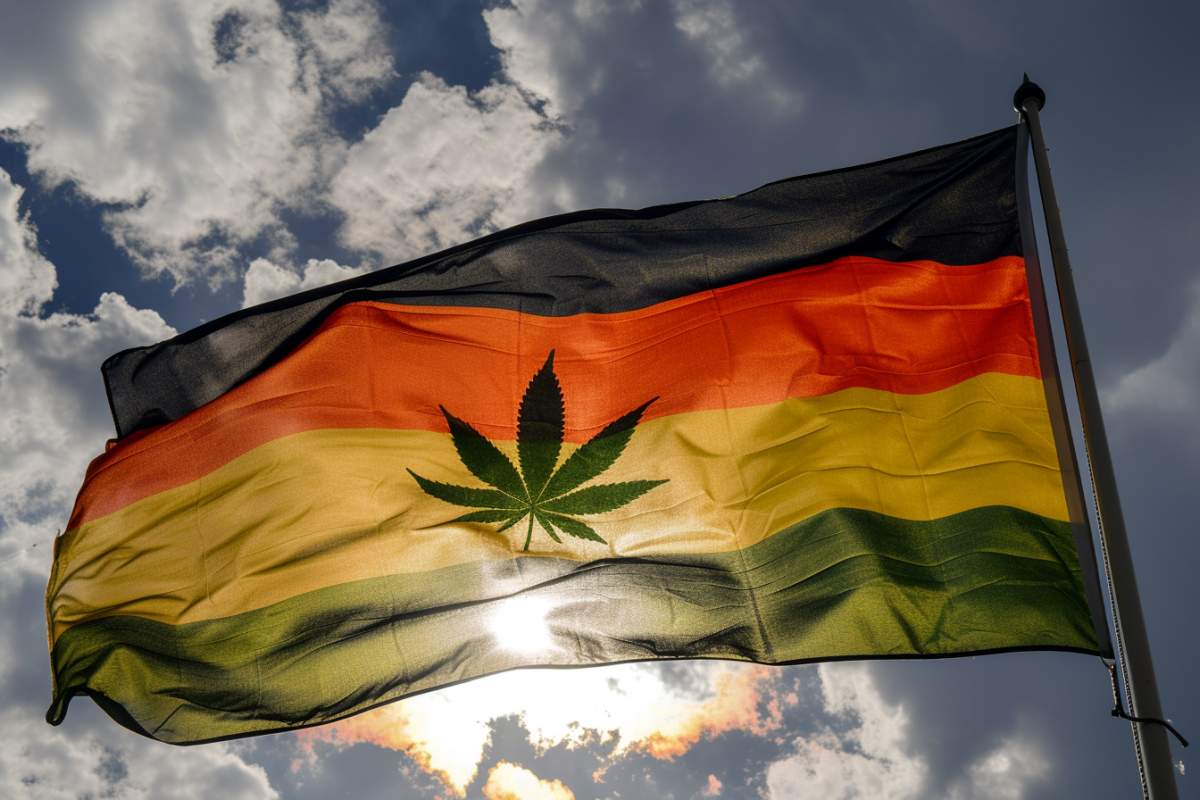
THCP vs THCV: Discover their differences and potential
- , by Terry Esteve
- 4 min reading time
Differences between THC and THCV and their potential
The world of cannabinoids is vast and fascinating, with an impressive diversity of chemical compounds present in cannabis. Among them, two lesser-known but equally interesting cannabinoids: THCV and THCP. In this article, we will dive into the world of THCV and THCP to better understand their unique characteristics, their effects on the human body, as well as the differences and similarities between them. We will also cover the legality and regulation of these compounds in different countries.
THC: the best known cannabinoid
Tetrahydrocannabinol (THC) is arguably the most famous cannabinoid and the one primarily responsible for the psychoactive effects of cannabis. THC comes in several isomeric forms, including delta-9-THC and delta-8-THC. These isomers share a similar chemical structure, but exhibit slightly different psychoactive properties.
THCV and THCP: two cannabinoids to discover
Tetrahydrocannabivarin (THCV) and tetrahydrocannabiphorol ( THCP ) are two other cannabinoids that deserve our attention. THCV occurs naturally in low concentrations in some strains of cannabis, while THCP was recently discovered by Italian researchers.
THCV has a chemical structure similar to THC, with a shorter side chain. This difference in molecular structure gives THCV unique properties. As for THCP, it has a longer side chain than THC, which gives it a much stronger affinity for the CB1 receptors of the endocannabinoid system.
Impact of THCV and THCP on the human body
THCV and THCP interact with our endocannabinoid system in different ways. THCV primarily acts as a CB1 receptor antagonist, meaning it blocks the activity of THC and other cannabinoids at these receptors. This can result in decreased appetite and lessened psychoactive effects compared to THC.
THCP, on the other hand, showed 30 times greater affinity for CB1 receptors than delta-9-THC. This high affinity may explain why THCP is considered much more potent psychoactively than THC.
Comparison between THCV and THCP: Similarities and Differences
Although THCV and THCP share some structural similarities with THC, they also have notable differences in terms of their effects on the human body. THCV is often described as having “ anti-THC ” properties, as it can alleviate some of the adverse effects associated with THC, such as anxiety or increased appetite.
THCP, on the other hand, appears to actually enhance the effects of THC due to its high affinity for CB1 receptors. This suggests that THCP could be used to intensify the psychoactive experience of cannabis, although more research is needed to better understand this potential.
Potential therapeutic applications of THCV and THCP
The unique properties of THCV and THCP open the way to interesting therapeutic applications. THCV has shown potential in the treatment of obesity, diabetes and other metabolic disorders, due to its antagonistic action on CB1 receptors.
THCP, although poorly studied to date, also shows promising therapeutic potential due to its potency and high affinity for CB1 receptors. It could be used to treat various medical conditions where intense activation of CB1 receptors is desirable, but this requires further research.
Legality and Regulation of Cannabinoids: An Ever-Evolving Landscape
The legality and regulation of cannabinoids varies greatly from country to country. In some countries, such as France, THC is illegal, while other non-psychoactive compounds such as cannabidiol (CBD) are permitted under certain conditions.
The legal status of THCV and THCP often depends on their classification as THC analogues. In some cases, they may be considered illegal due to their structural similarity to THC. However, regulations are changing rapidly and it is important to stay informed of local laws regarding cannabinoids.
Conclusion: The Future of Cannabinoids
THCV and THCP are just two examples of the richness and complexity of the cannabinoid world. As research continues to advance and our understanding of the therapeutic properties of these compounds improves, it is likely that new medical and recreational applications will emerge for these lesser-known cannabinoids. Legality and regulation will also continue to evolve as governments seek to balance the potential health benefits with the risks associated with the use of these substances.
Tags
News
-

, by Terry Esteve Cancellation of the Court Summons for a Cannabis Grower in Poitiers: Implications for French Cannabis Legislation
-

, by Terry Esteve World Cannabis Day at Herbeevor on April 20, 2024
-

, by Terry Esteve The New Era of Cannabis in Germany: Understanding Legalization and Its Implications




